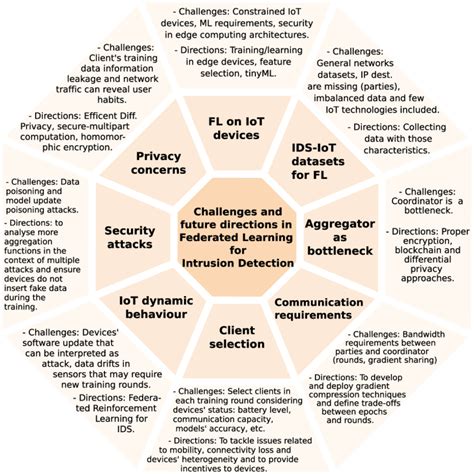Introduction
National IDs are an essential part of modern society. They allow governments to track their citizens, provide them with services, and protect them from fraud. However, the future of national IDs is uncertain. In this article, we will discuss the latest trends in national ID development and explore the future directions of this important technology.

The Current State of National IDs
National IDs are currently used in over 190 countries around the world. The most common type of national ID is the identity card, which is a small, plastic card that contains the holder’s name, photo, and other personal information. In some countries, national IDs also include biometric data, such as fingerprints or iris scans.
National IDs are used for a variety of purposes, including:
- Voting
- Accessing government services
- Proving identity for financial transactions
- Preventing fraud
The Future of National IDs
The future of national IDs is likely to be shaped by several key trends:
- The increasing use of biometrics. Biometrics are becoming increasingly popular as a way to identify individuals. This is because biometrics are unique, difficult to forge, and can be used to identify people even if they have changed their appearance.
- The convergence of physical and digital IDs. In the future, we are likely to see a convergence of physical and digital IDs. This will allow people to use their national IDs to access both physical and digital services.
- The rise of mobile IDs. Mobile phones are becoming increasingly ubiquitous, making them an ideal platform for delivering digital IDs. Mobile IDs can be used to access a wide range of services, including banking, healthcare, and government services.
The Benefits of the Future Directions of National IDs
The future directions of national IDs have several potential benefits, including:
- Increased security. Biometrics and other new technologies can help to make national IDs more secure. This will help to prevent fraud and protect people’s identities.
- Improved convenience. Digital and mobile IDs can make it easier for people to access services. This will save time and money and make it easier for people to live their lives.
- Greater innovation. The future directions of national IDs can create new opportunities for innovation. For example, mobile IDs could be used to develop new applications and services that make people’s lives easier.
The Challenges of the Future Directions of National IDs
The future directions of national IDs also pose several challenges, including:
- Privacy concerns. Some people are concerned about the privacy implications of using biometrics and other new technologies in national IDs. They worry that this data could be used to track and monitor people.
- Cost. The future directions of national IDs could be expensive to implement. This could be a barrier to adoption in some countries.
- Complexity. The future directions of national IDs could be complex to implement. This could make it difficult for some countries to adopt and use these technologies.
Conclusion
The future of national IDs is uncertain. However, the trends discussed in this article suggest that we are likely to see a convergence of physical and digital IDs, an increased use of biometrics, and the rise of mobile IDs. These changes have the potential to make national IDs more secure, convenient, and innovative. However, they also pose several challenges, including privacy concerns, cost, and complexity.



